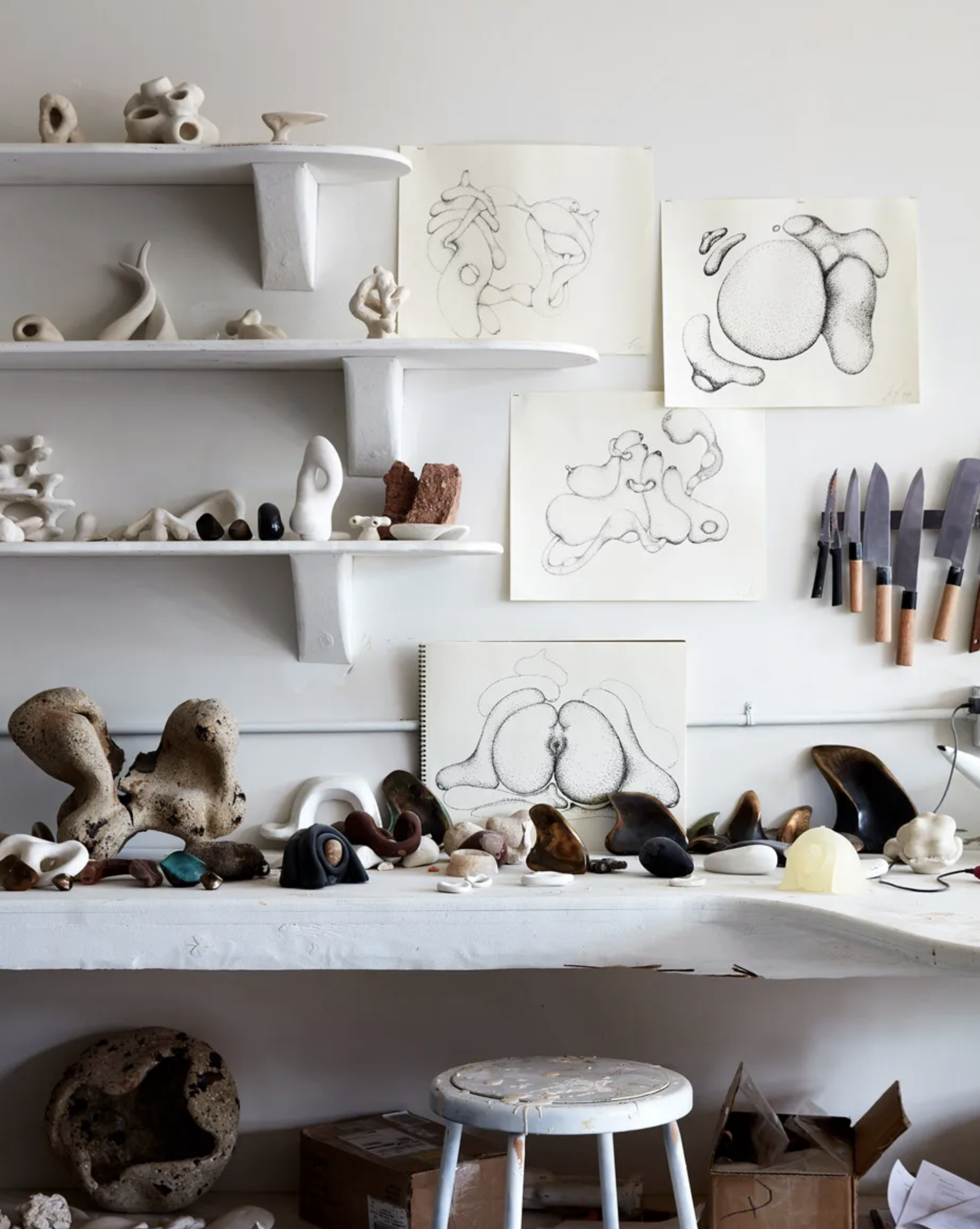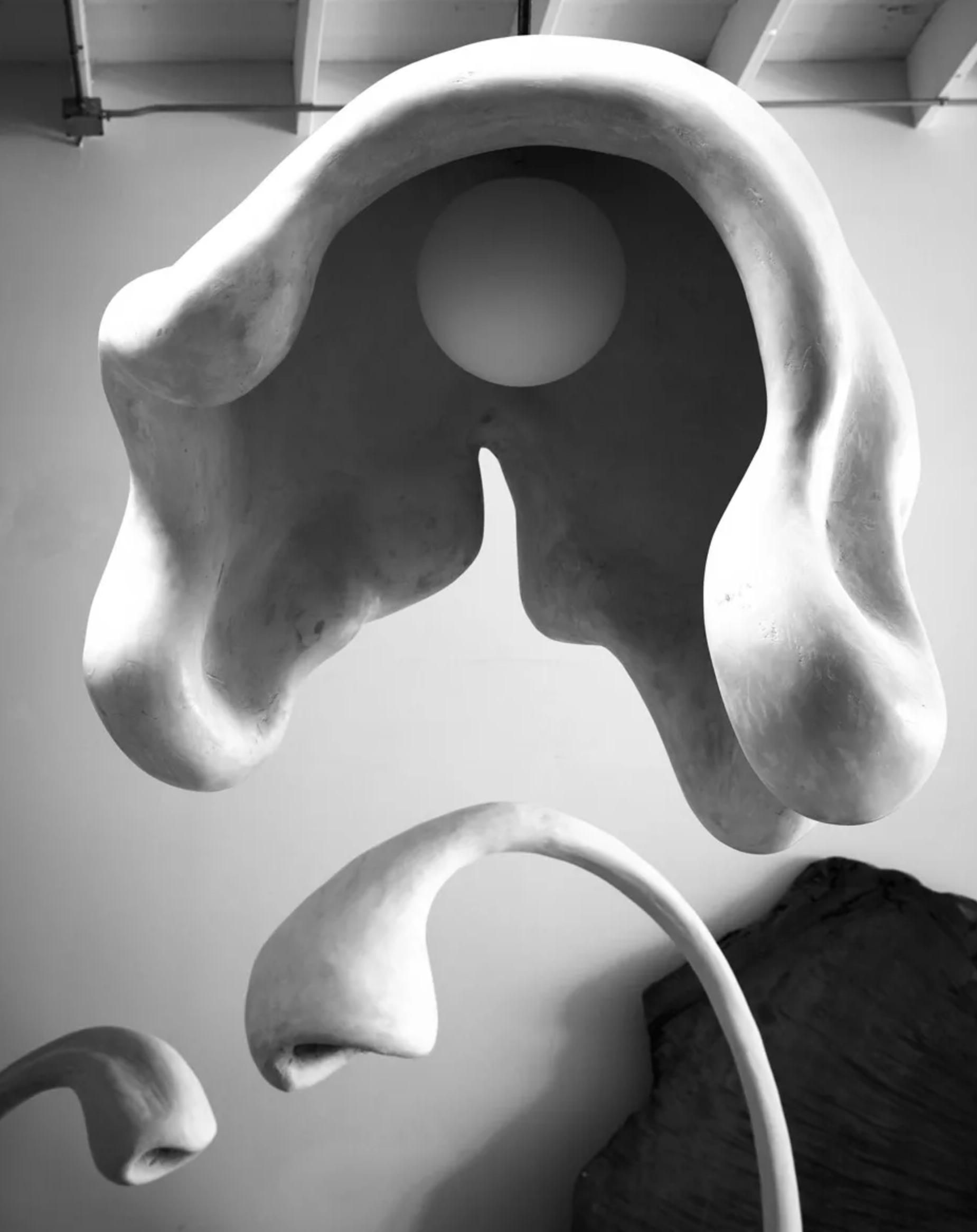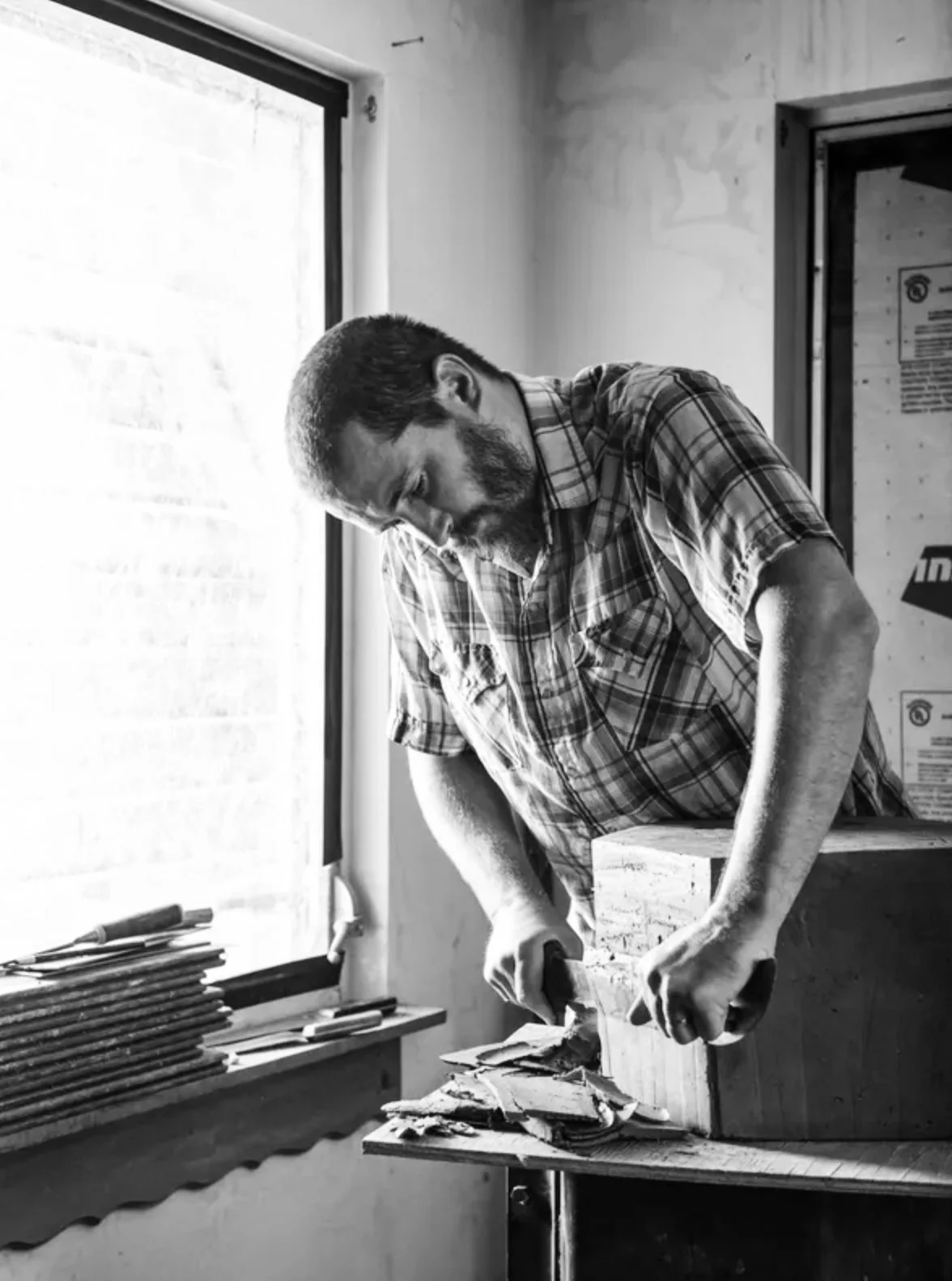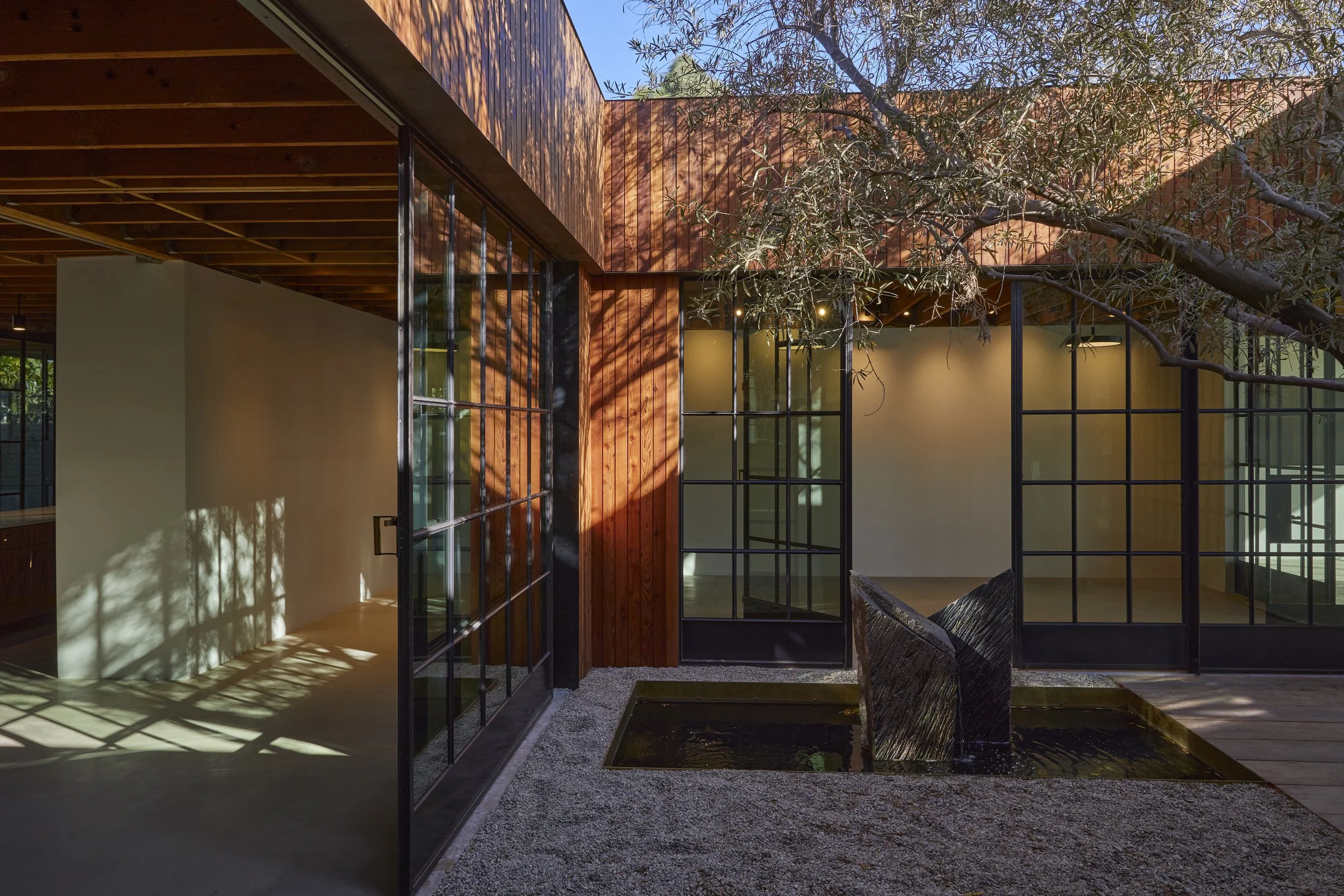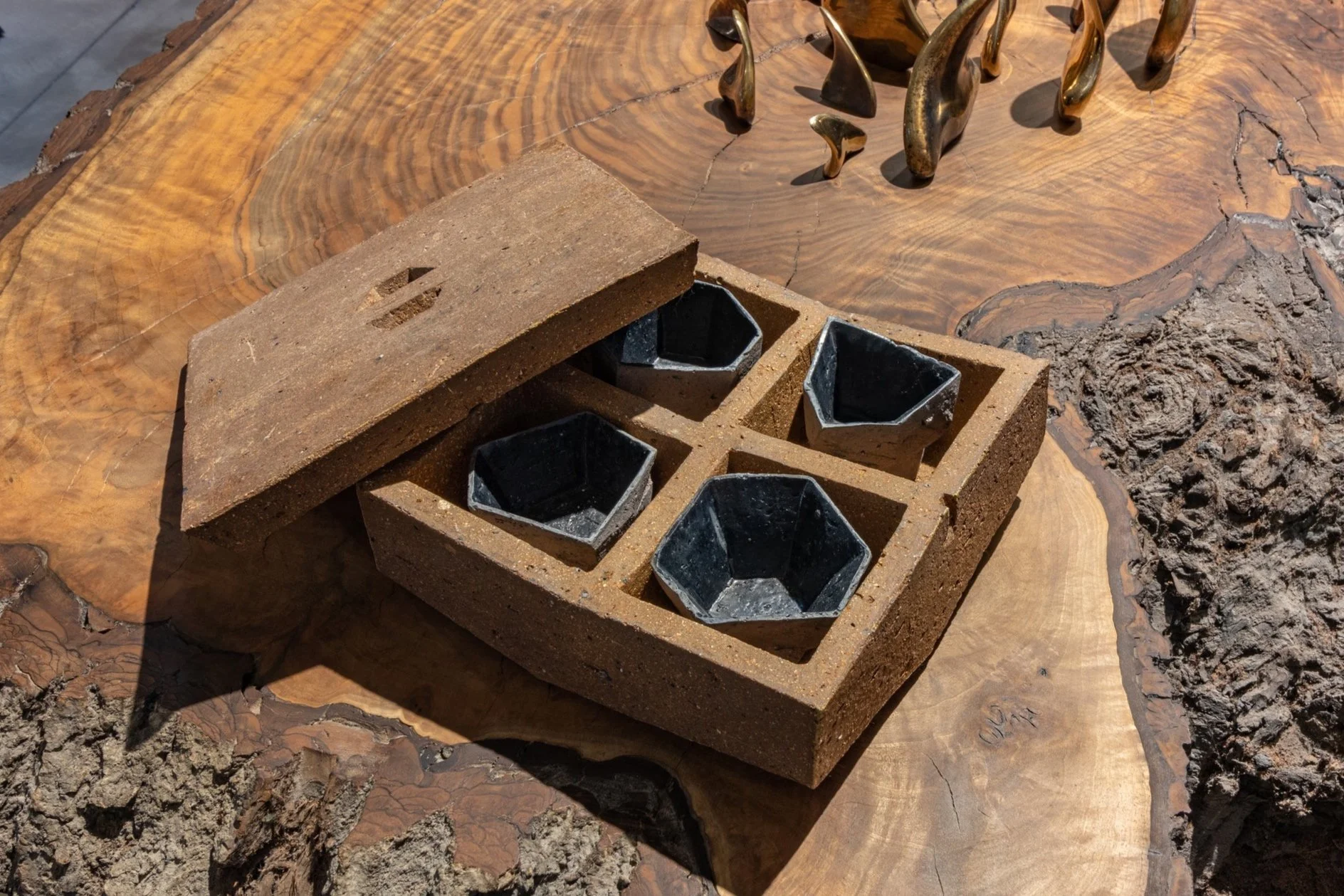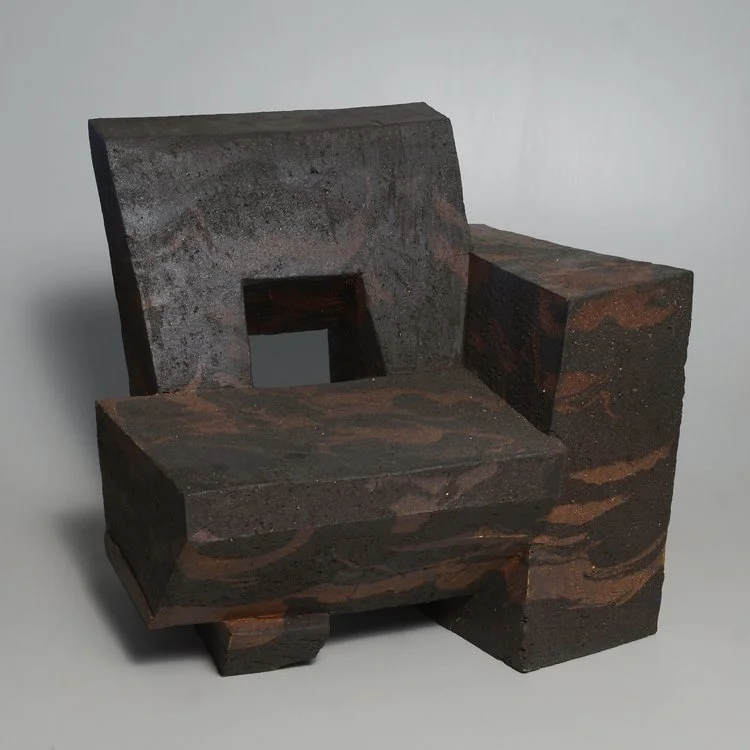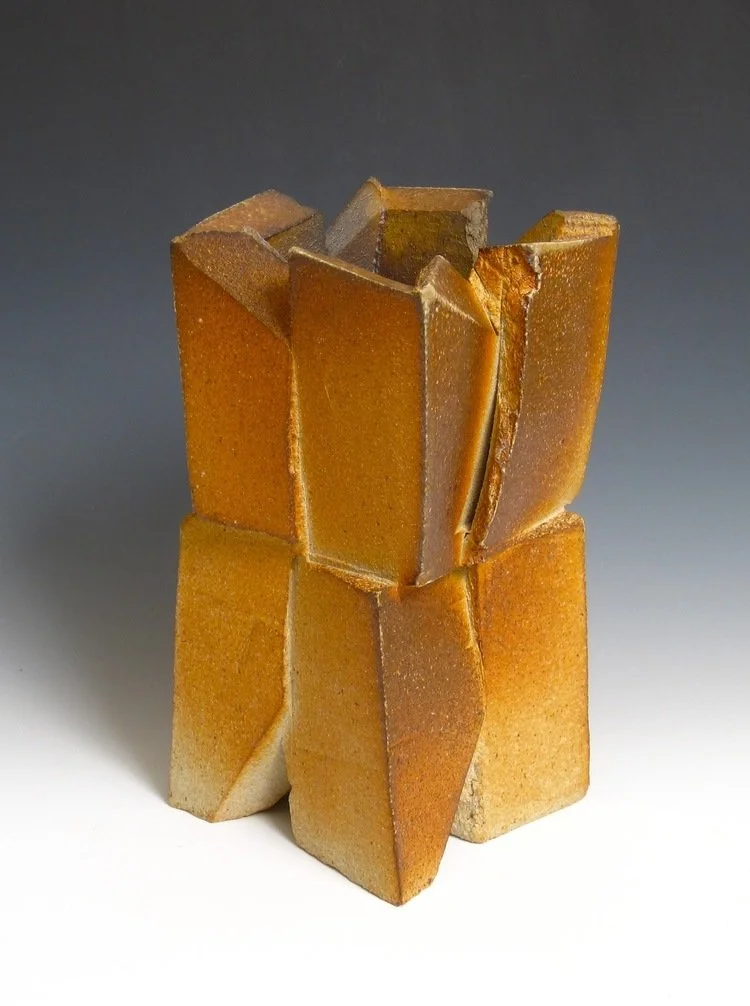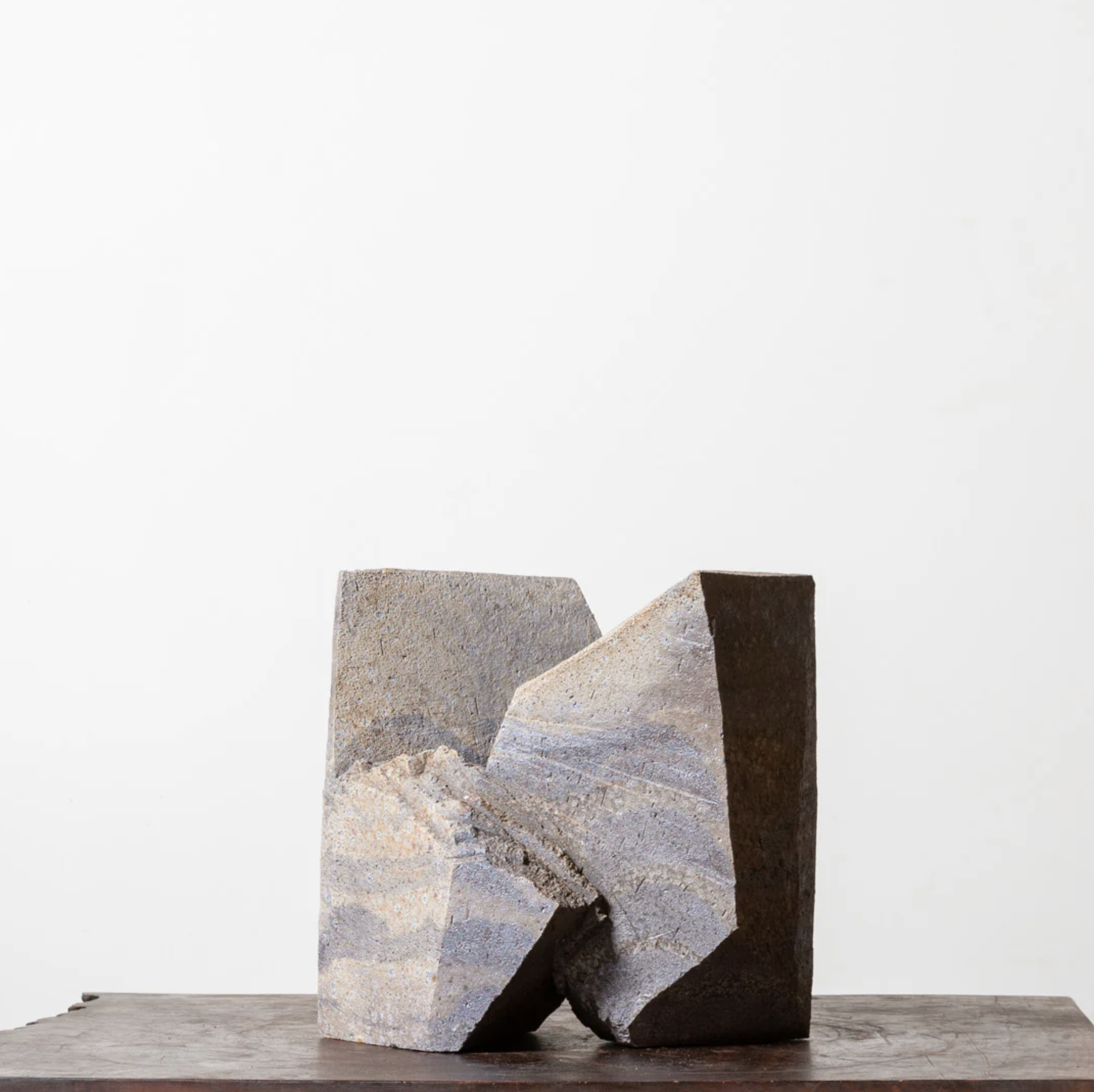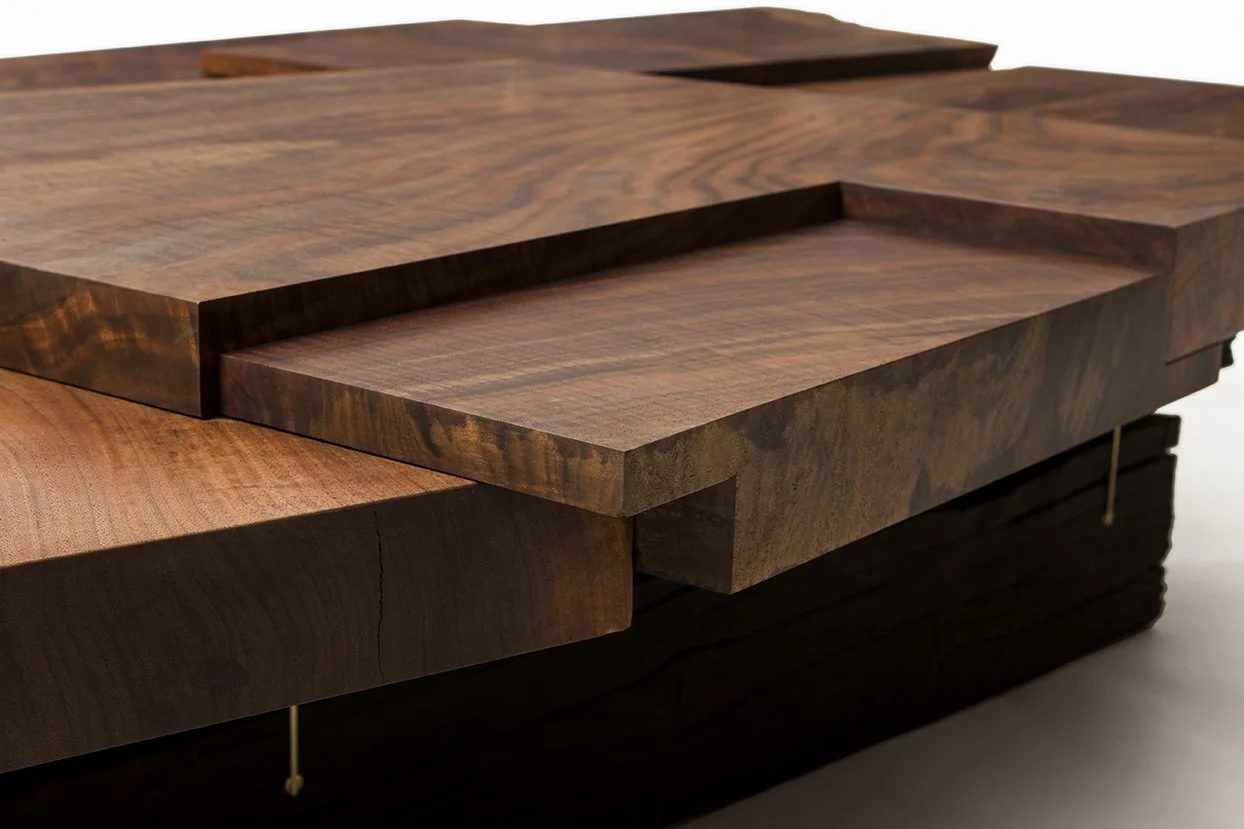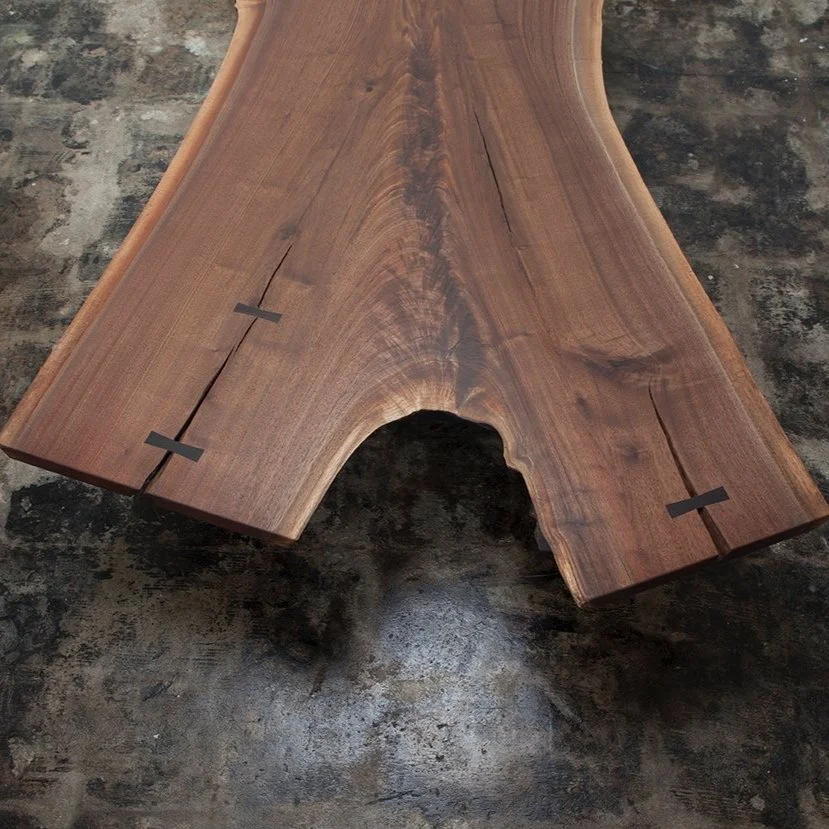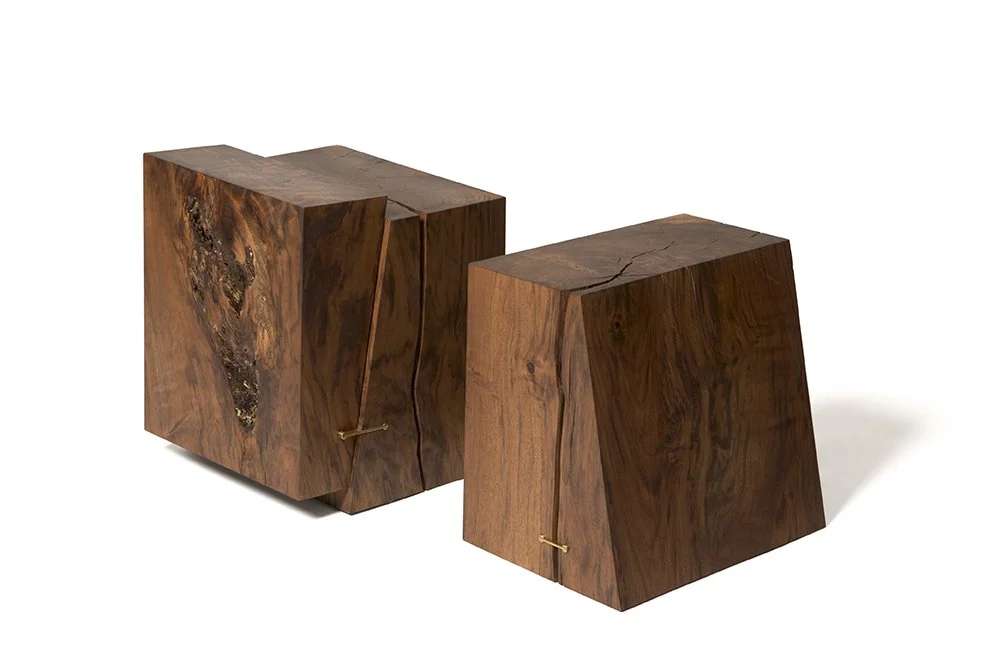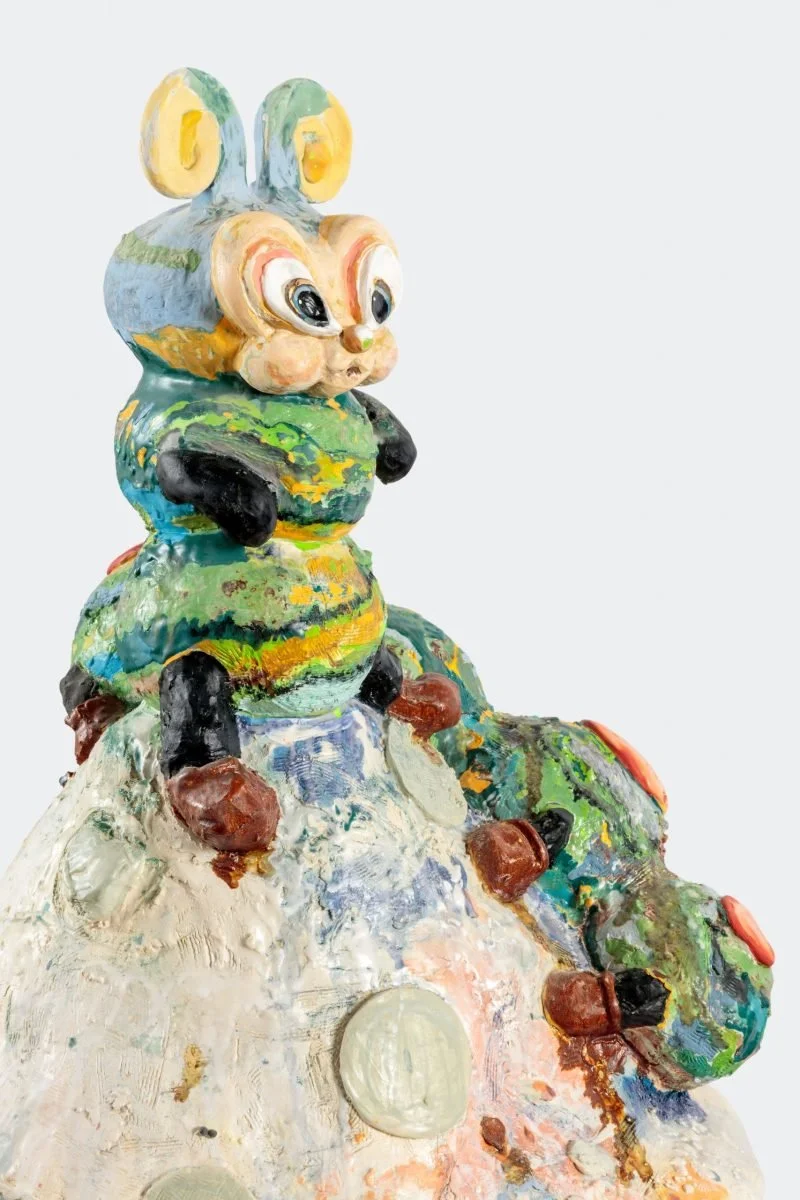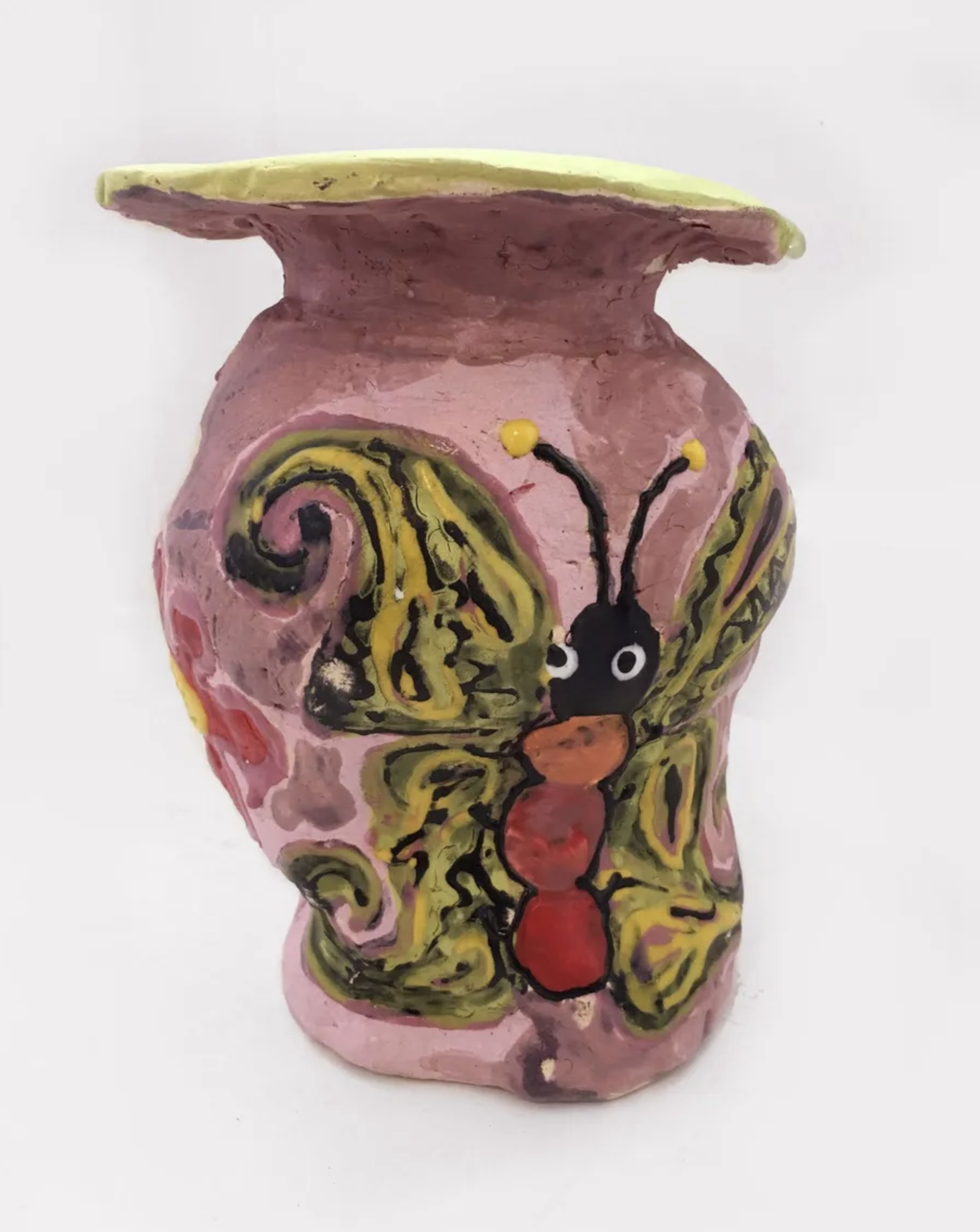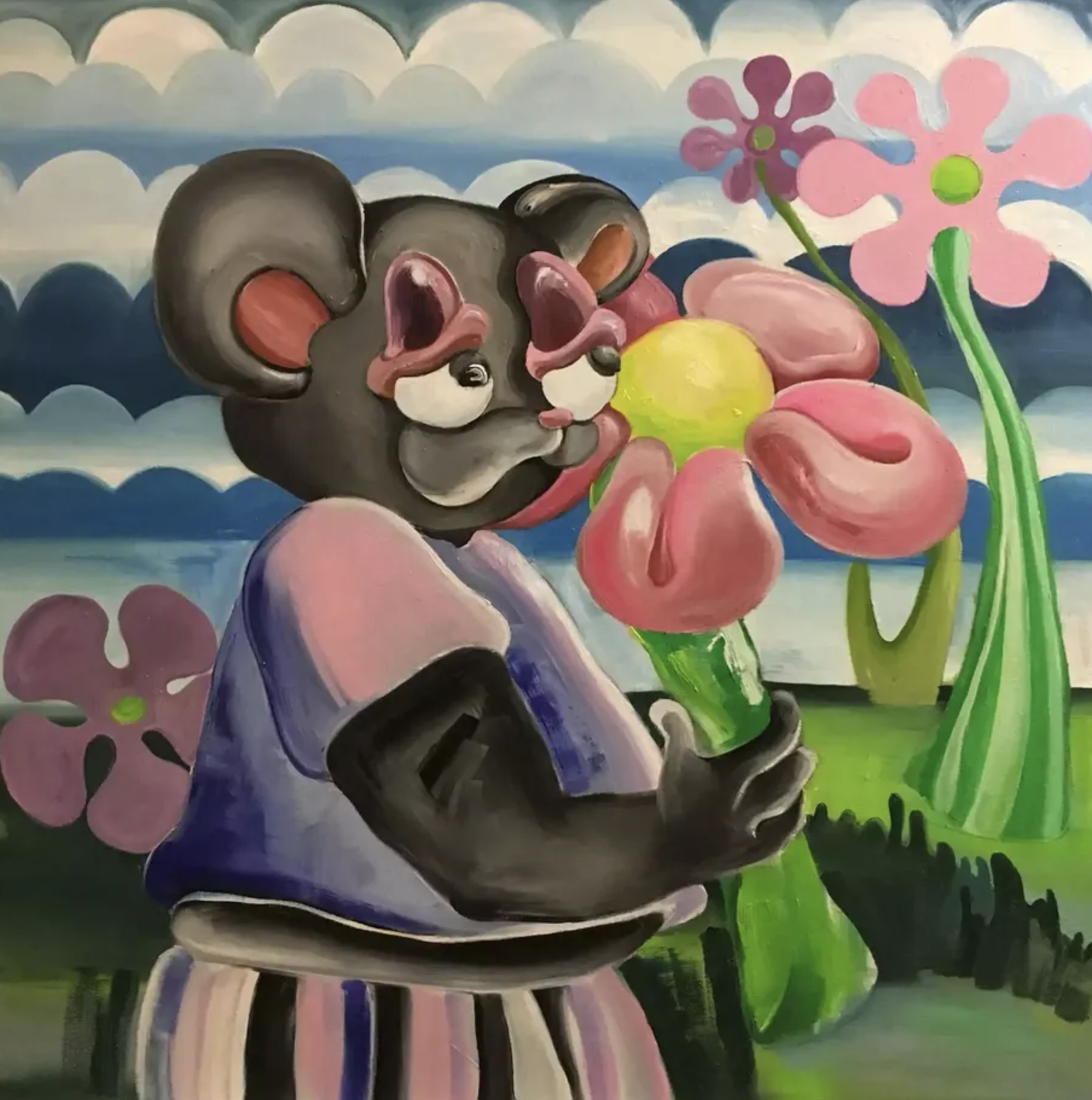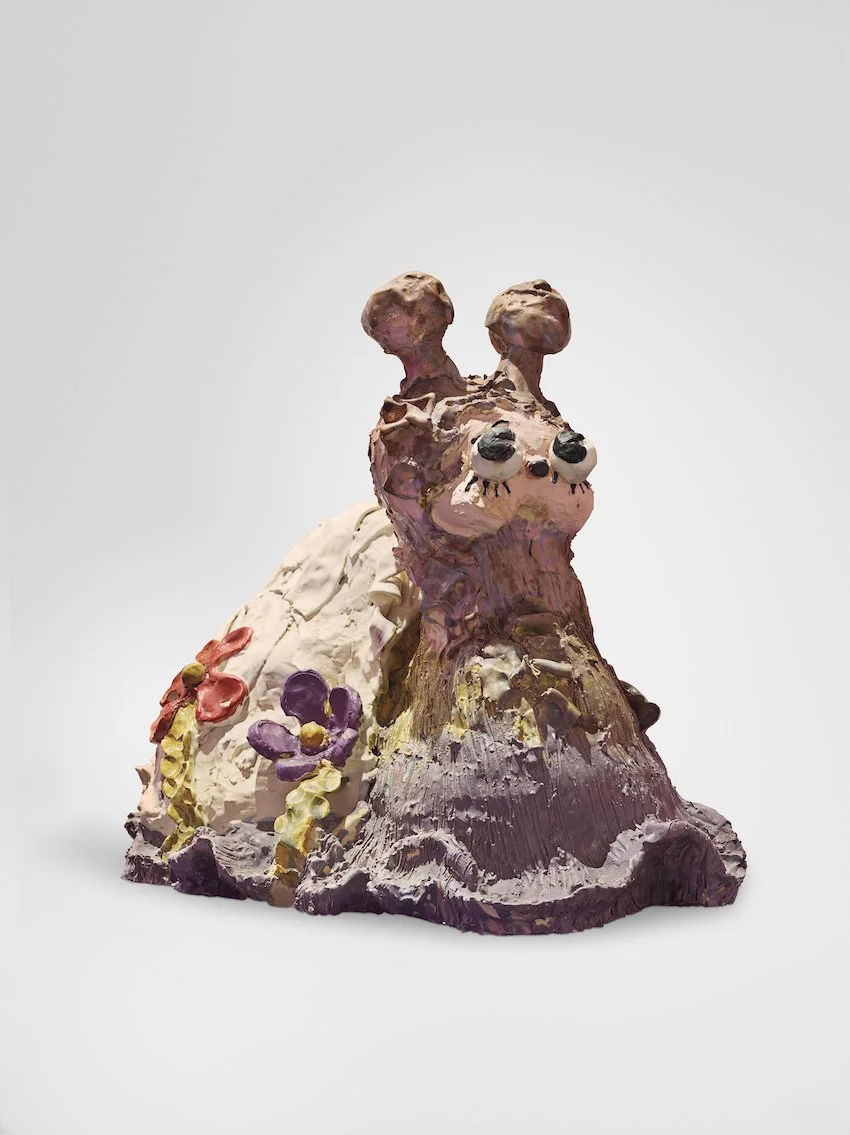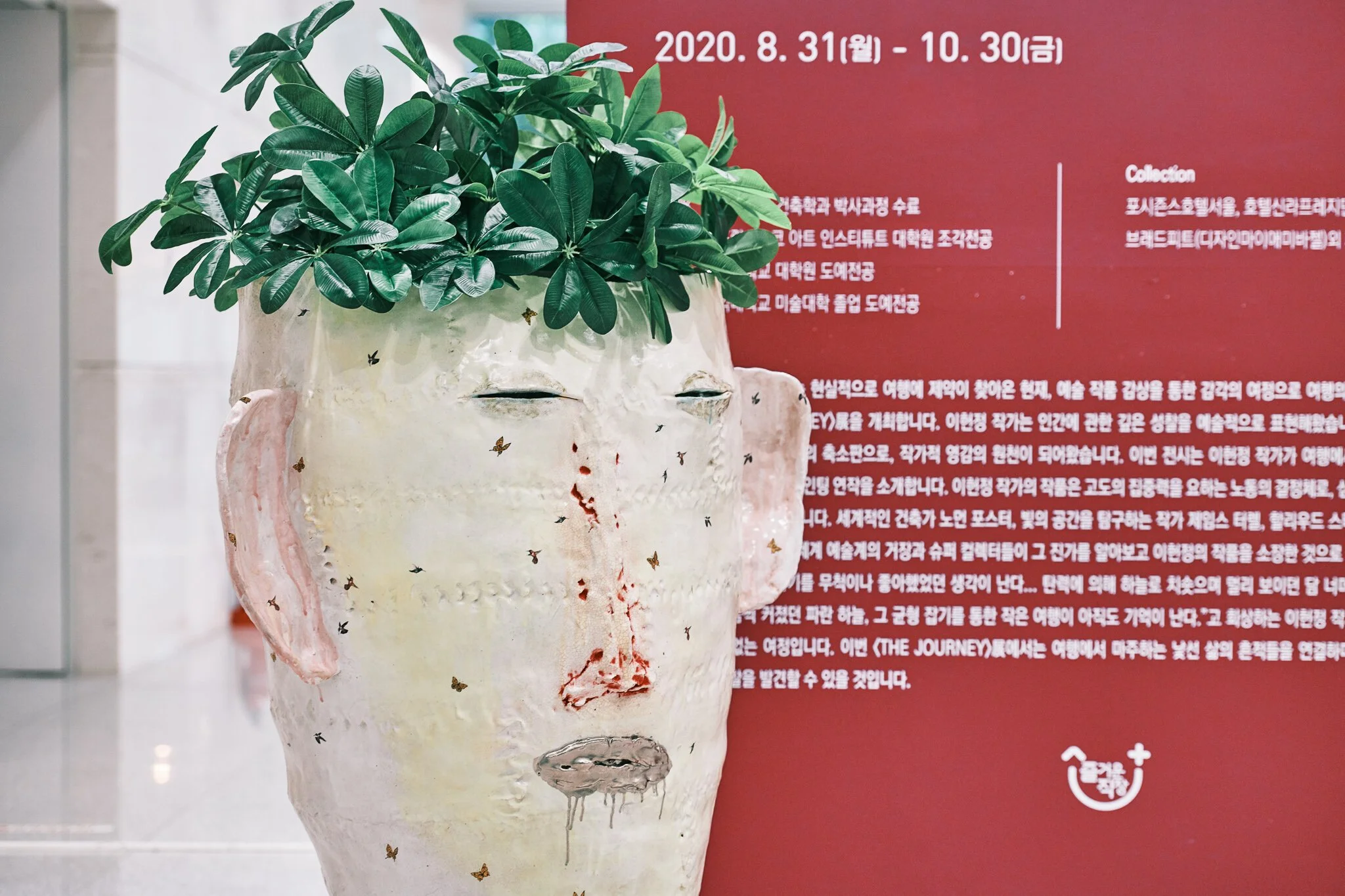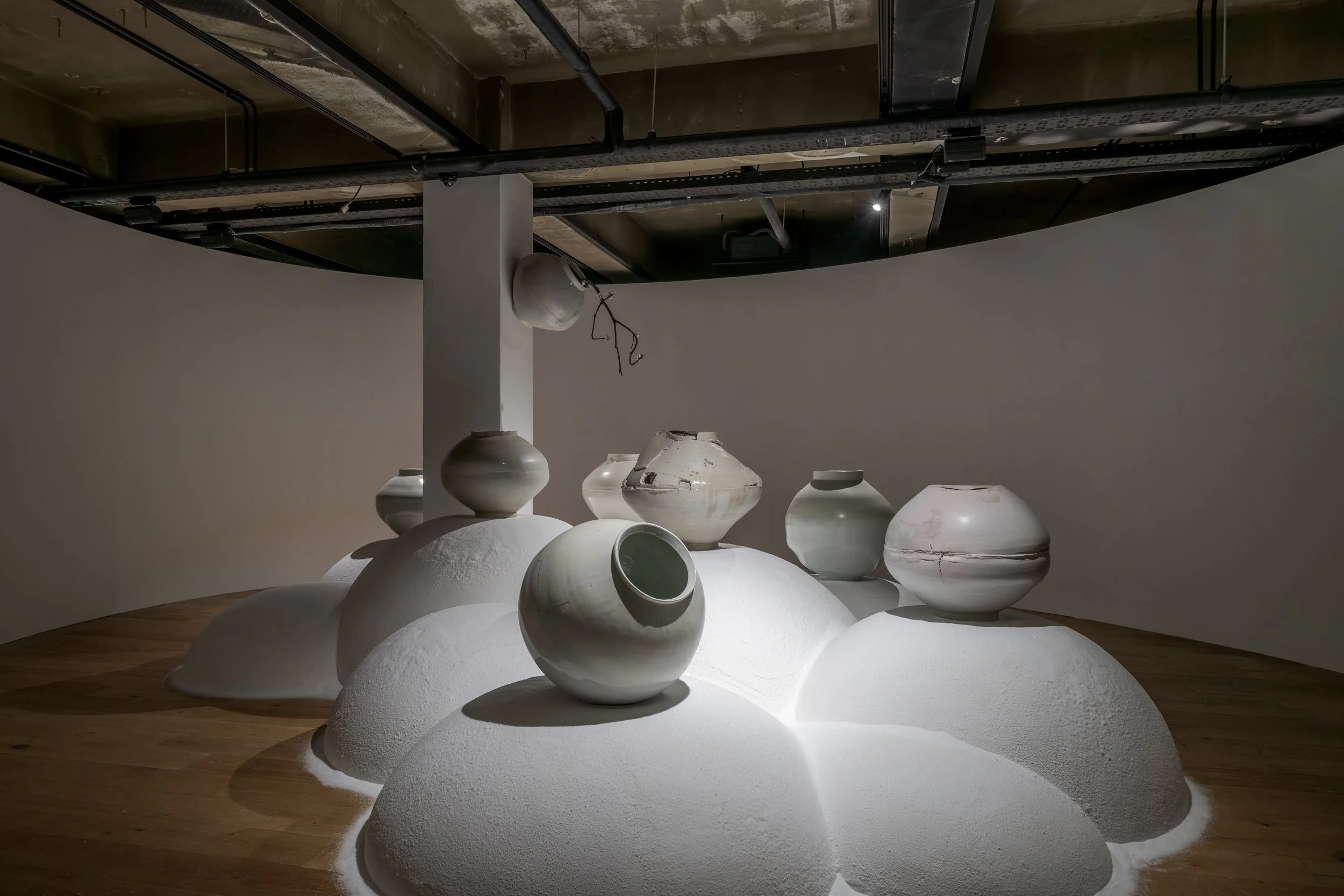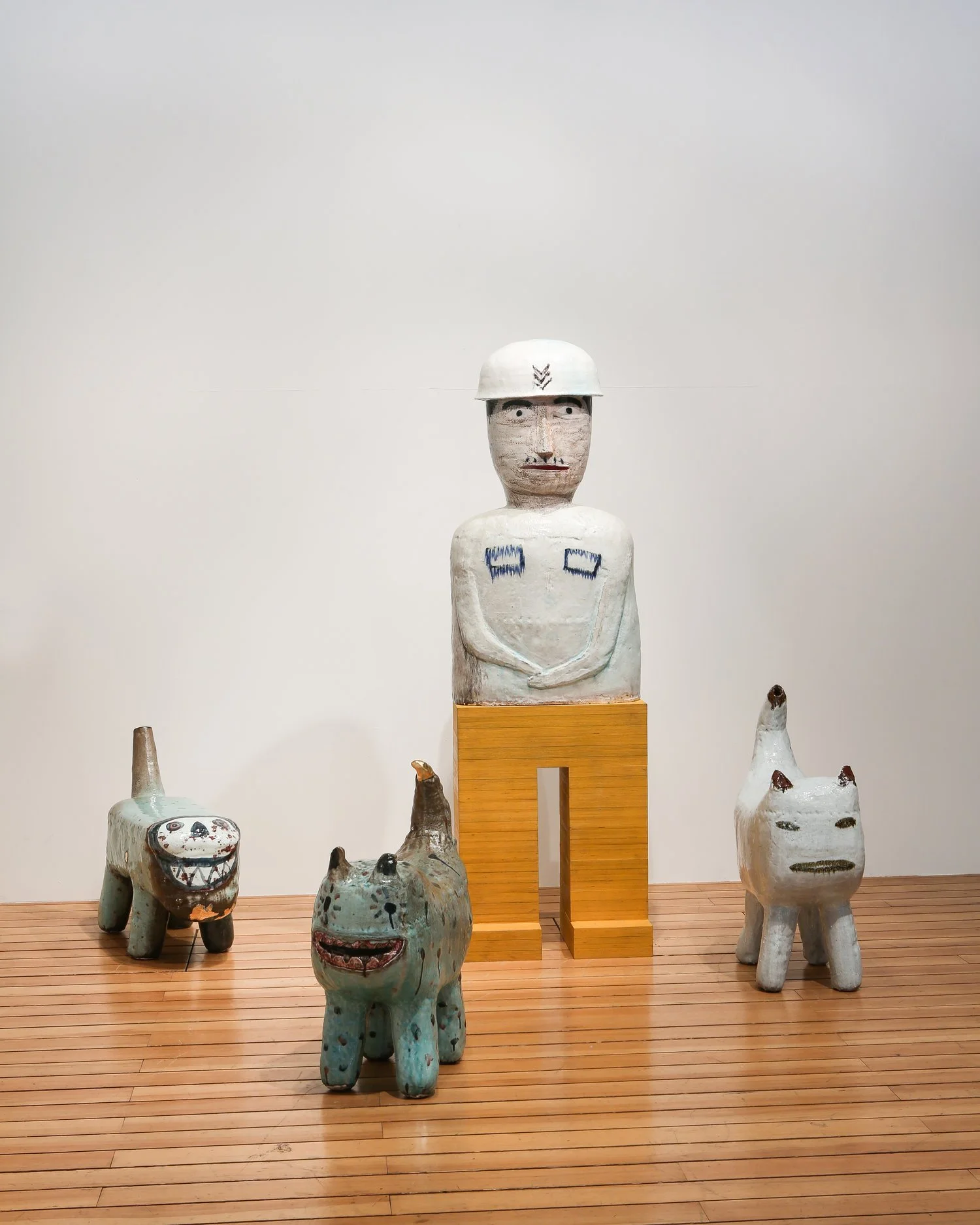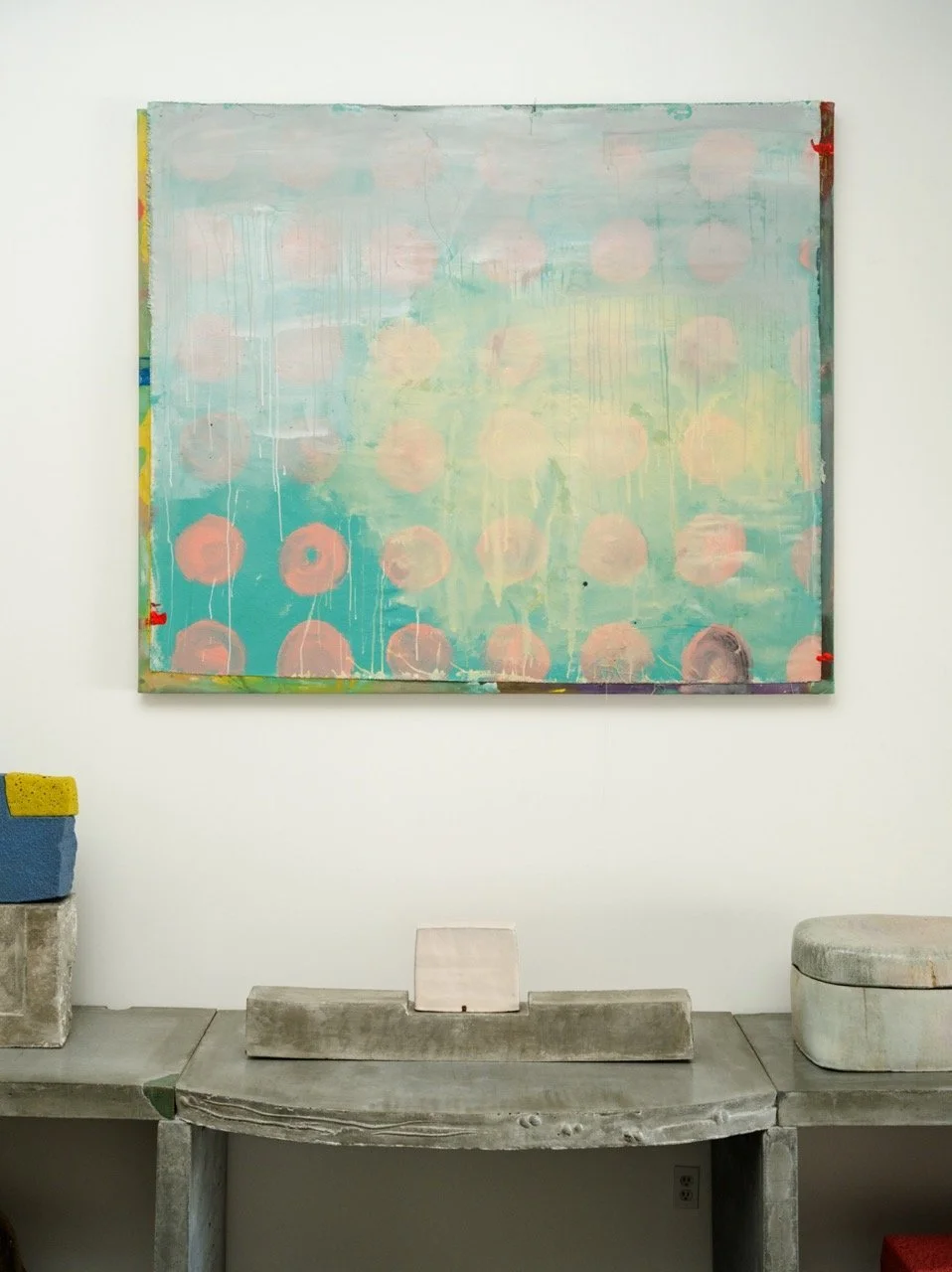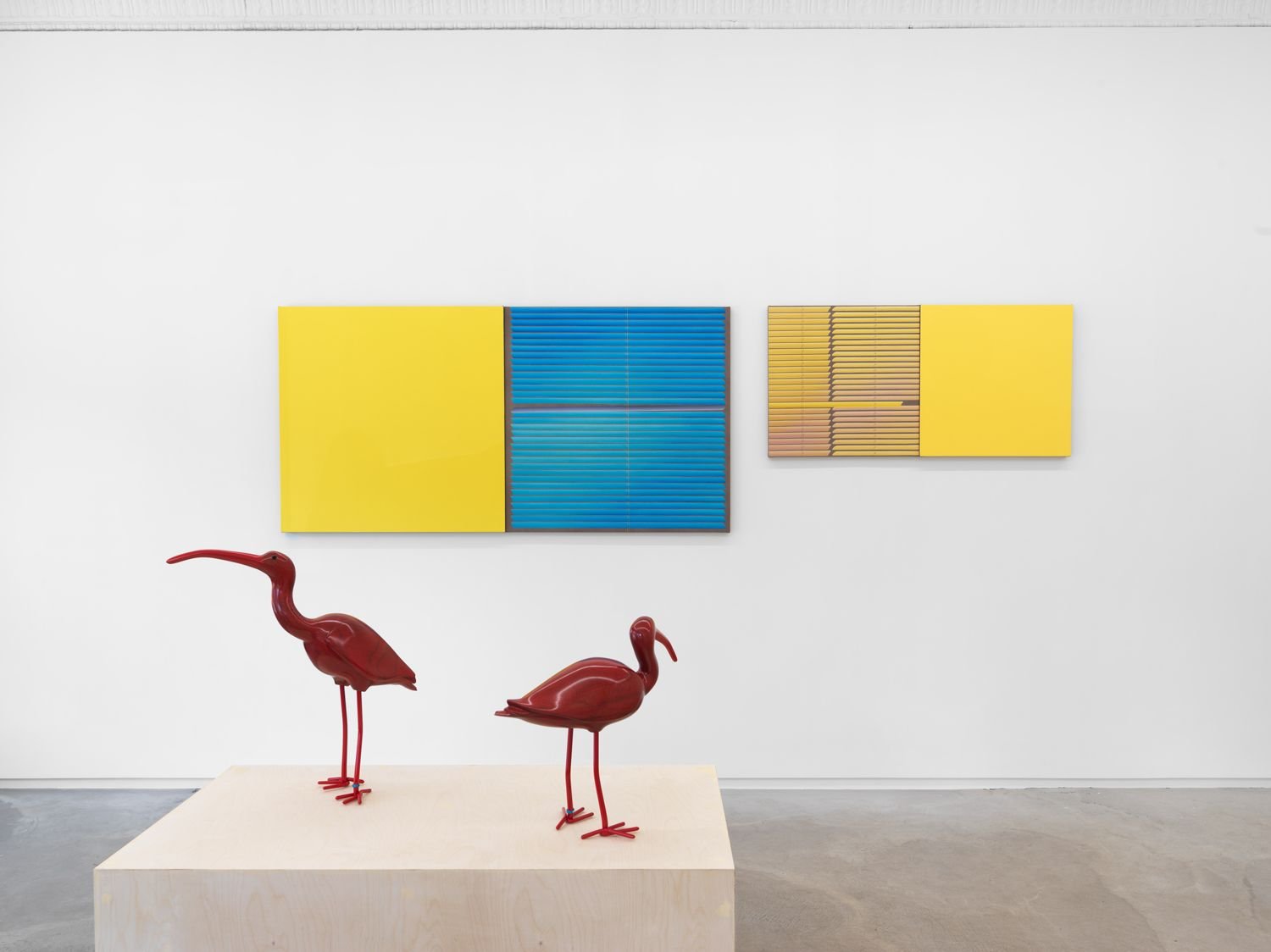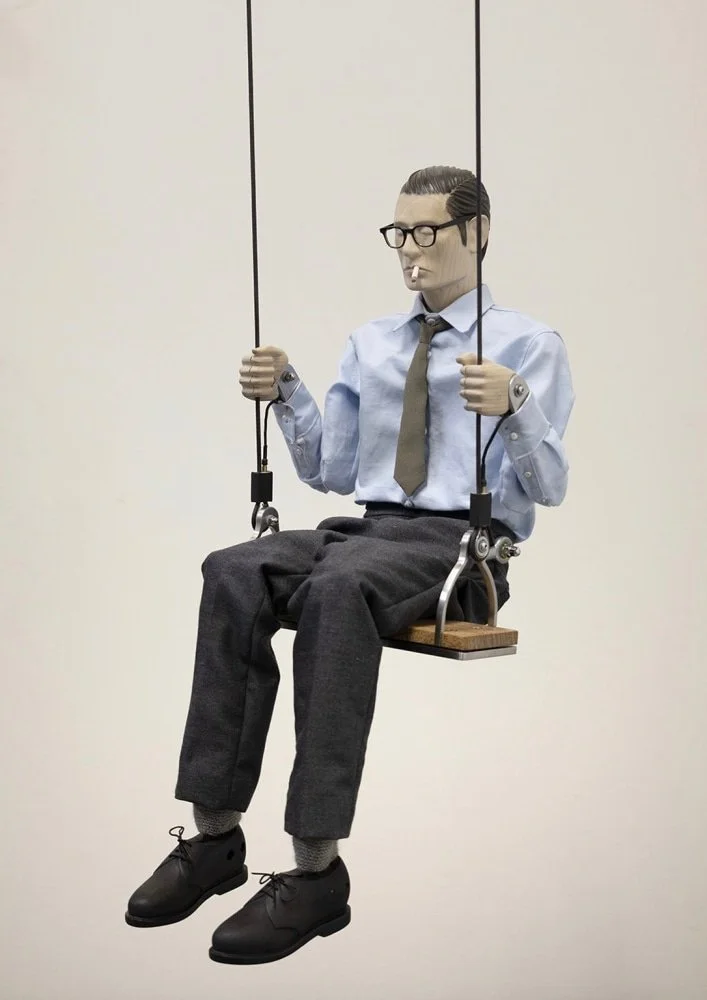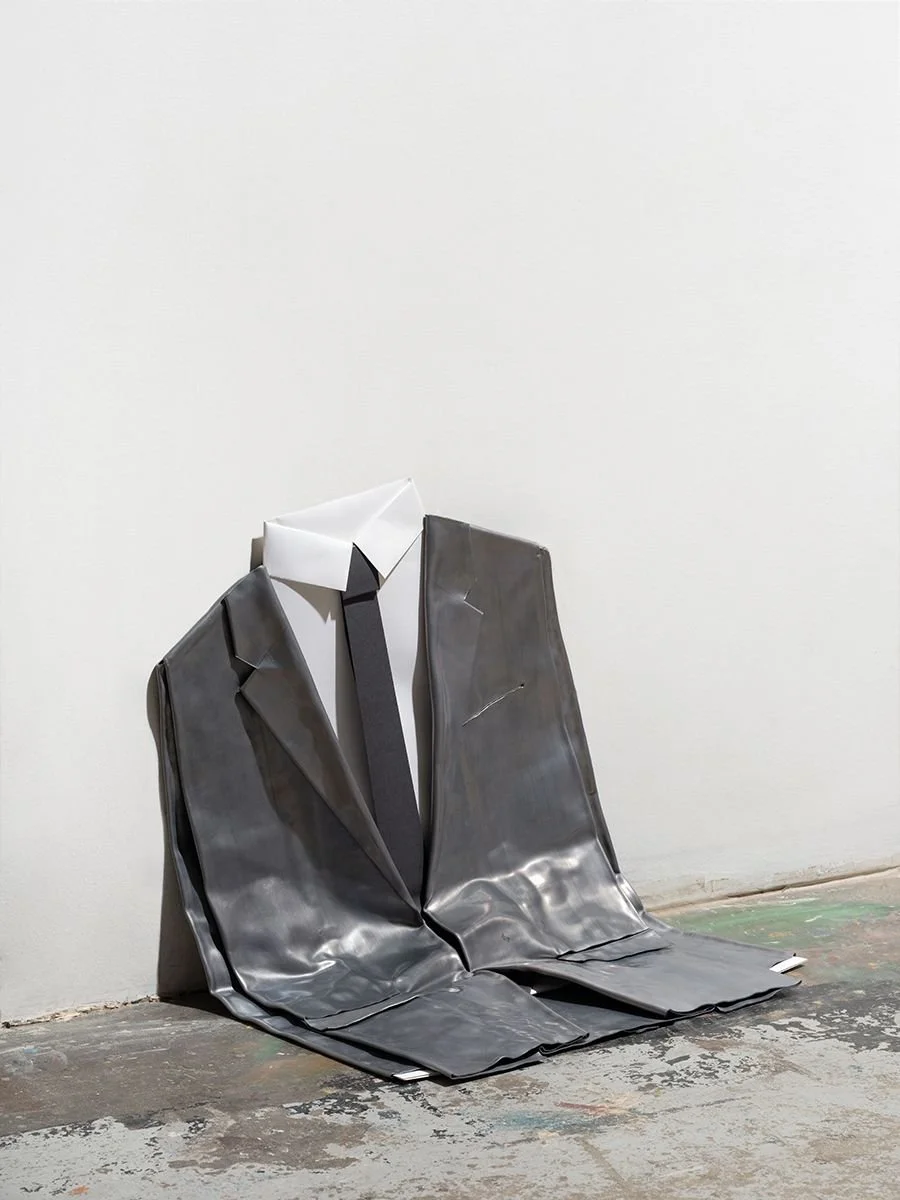Rogan Gregory, originally a fashion designer, found his true passion in modern sculptural arts. He creates abstract and figurative sculptures inspired by nature, using materials like stone, metal, and sand. His works feature fluid, curving forms that evoke a sense of organic life, often resembling magnified cellular structures. Gregory has also crafted functional art, including sculptural lighting and furniture.
After beginning his career as a luxury fashion brand consultant, Gregory launched his own clothing collection in 2001. He later co-founded EDUN in 2005 with Ali Hewson, combining fashion with social activism. By 2007, he won the prestigious CFDA/Vogue Fashion Fund Award.
In the mid-2010s, Gregory shifted his focus to interior design, producing tables, lighting, and decor inspired by organic shapes and natural processes. His work reflects influences from geology, biology, and evolution.
Gregory's first solo exhibition took place in 2016 at R & Company, with a second show in 2018 at their new Manhattan gallery. In 2020, he relocated to Los Angeles and set up a studio in a former Santa Monica garbage truck depot, enabling him to create larger-scale pieces. His work has been featured in top publications like Architectural Digest, ELLE Decor, The Wall Street Journal, Surface, and Wallpaper.
ROGAN GREGORY
Jonathan Cross is an American ceramicist based in Los Angeles, with a wood kiln in Twentynine Palms, CA. His work, which includes sculptures, furniture, and vessels, is known for its use of the ancient wood-firing technique, creating pieces with a patina that evokes ancient artifacts and post-apocalyptic relics.
After earning a BFA from the University of Dallas, Cross moved to Los Angeles and worked at the renowned Gemini G.E.L. print shop, collaborating with prominent artists like Richard Serra and Joel Shapiro. His interest in ceramics began with handmade planters for his cacti and succulents. Inspired by ceramic artist Don Rietz, he pursued an MFA in ceramics at Arizona State University.
Cross is drawn to the wood-firing process, which adds unique textures and colors to his work, giving it a primitive, yet modern feel. His pieces often feature bold, minimalistic forms, influenced by geology, science fiction, and modern art, with his printmaking background visible in their strong silhouettes and repeated motifs.
His work has been exhibited in galleries across the Southwest, and is included in private collections such as the Las Cruces Museum of Art and the National Bonsai Museum.
JONATHAN CROSS
Taylor Donsker Design, based in Sonoma County, California, specializes in creating modern furniture designed to age gracefully and last for generations.
Founded by architectural designer Taylor Donsker, a Los Angeles native, the brand reflects his years of apprenticeship under some of Los Angeles' top architects. Donsker’s passion for woodworking grew during a guided tour through Asia, where he studied centuries-old Japanese temples made from ancient timbers, assembled without glue or metal fasteners.
Mostly self-taught, Donsker’s approach to materials is guided by his belief that one should have a deep curiosity and partial knowledge of everything. His materials are carefully selected with the philosophy that "Every material has a grain, a strength and a weakness, an origin and an end."
The studio is known for its use of Claro Walnut, a rare California hardwood with exceptional color and figure. Working with responsible mills that prioritize salvaging diseased or fallen trees, Taylor Donsker Design offers high-quality wood with minimal environmental impact.
TAYLOR DONSKER
Alake Shilling’s vibrant paintings and ceramics invite viewers into a world of comfort and nostalgia. Her whimsical characters, including dogs, cats, ladybirds, rabbits, and even Minnie Mouse, express the raw innocence and emotion of youth. Influenced by the Chicago Imagists and Californian Funk Art of the 1960s and 70s, known for their bold compositions and color palettes, Shilling also draws inspiration from contemporary artists like Ida Ekblad and Rebecca Morris, as well as nature, jazz, cartoons, and the playful designs of Lisa Frank. These varied influences culminate in works that evoke a childhood daydream filled with both joy and melancholy.
Shilling’s artistic process is meticulous and thoughtful. Her ceramics can take several months to complete, while her paintings may take up to a year. She describes the rush of finishing a piece as “exhilarating,” likening it to solving an equation with no definitive answer. This careful attention to detail, combined with her free-flowing creativity, results in an uncanny surrealism where the familiar and the strange blend seamlessly, inviting reflection on the vast yet universal spectrum of human emotion.
ALAKE SHILLING
Hun-Chung Lee is known for his mastery of 15th-century Korean celadon glazing techniques, blending sculpture and functional design in his ceramics. Based in Seoul, Lee earned degrees from Hongik University and the San Francisco Art Institute, later pursuing a PhD in architecture. His work merges art, design, and architecture, resulting in functional pieces, installations, and smaller ceramics.
Lee handcrafts each piece, layering glazes over several days, with a process shaped by over 30 years of expertise. Inspired by nature, his work features organic forms and delicate color palettes. He occasionally incorporates concrete and steel, softening these materials while adding texture and depth.
Lee's work is held in collections such as the Archie Bray Foundation and the National Museum of Contemporary Art, Seoul. He currently splits his time between Seoul and Los Angeles.
LEE HUN CHUNG
Kevin Reinhardt, based in Los Angeles, CA, creates work that reflects a deep connection between his way of living and his artistic practice. Trained as an architect, his methodical and introspective approach is guided by an interest in the less spectacular side of the sublime. Through a limited color palette and careful choice of materials, he emphasizes subtlety and restraint, directing attention toward quiet narratives—suggesting a sense of before and after, inside and out.
Reinhardt often moves between objects and drawings, flattening and repeating everyday forms until their overlooked beauty comes into focus. Familiar images are decontextualized and distilled into precise, deliberate details, each holding equal weight. In his ongoing studies, moments of intimacy emerge from unexpected places—like painted blinds filtering light or lead formalwear left in the corner—revealing the sublime in the mundane.



